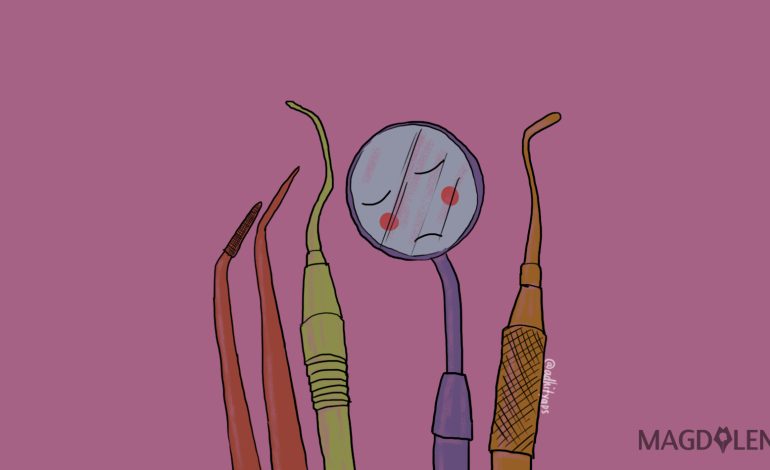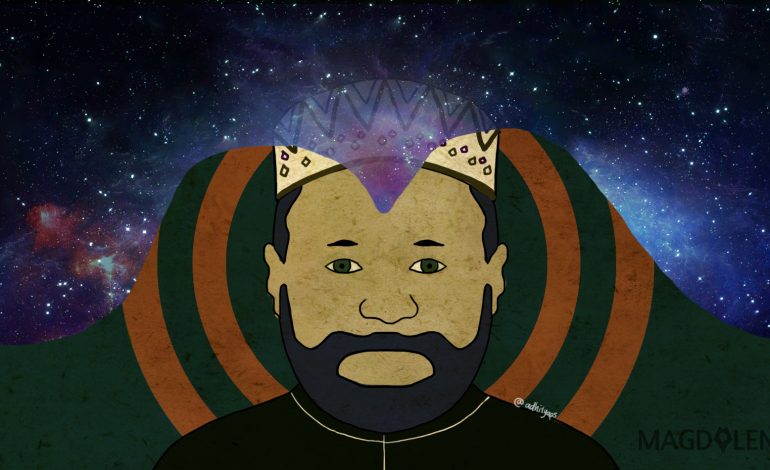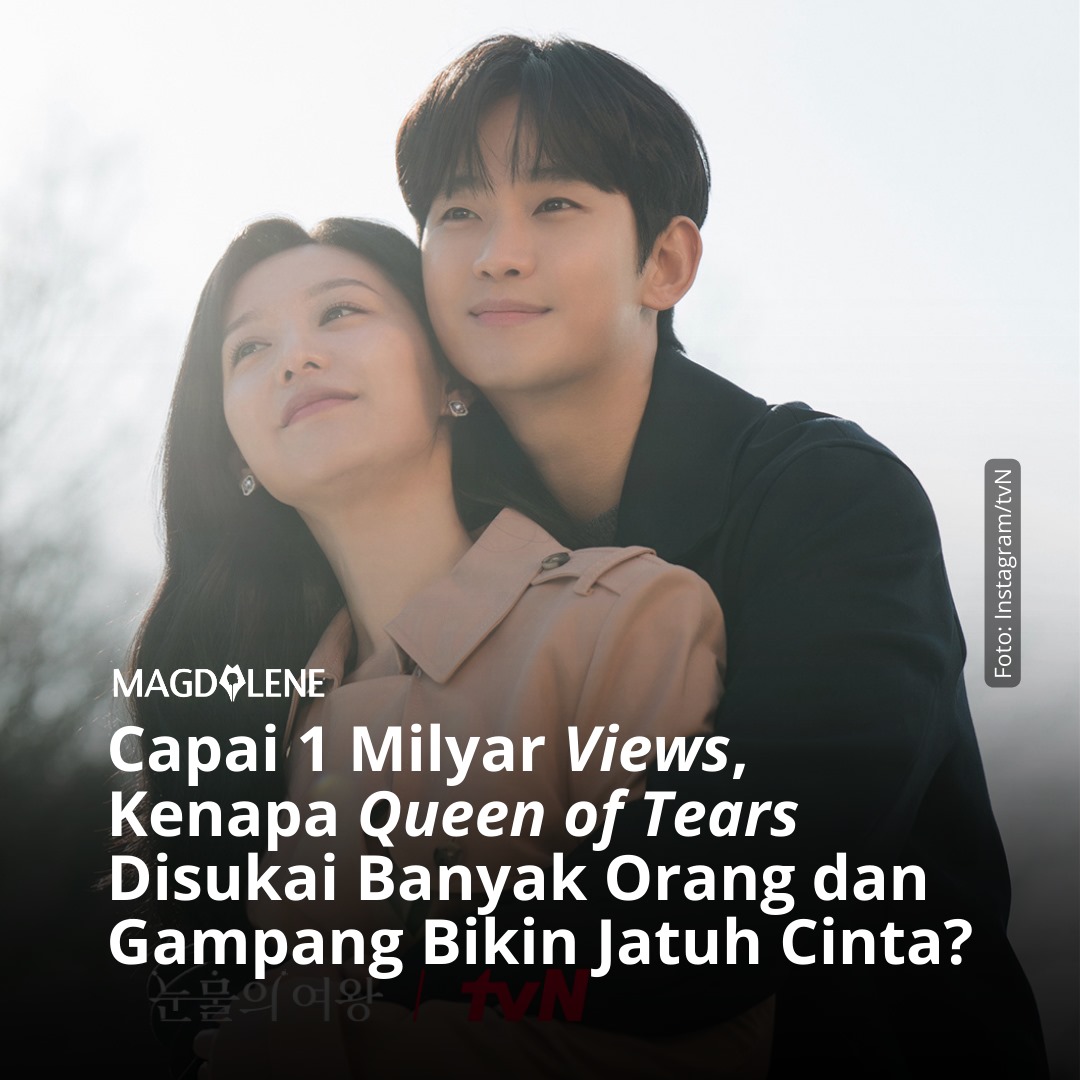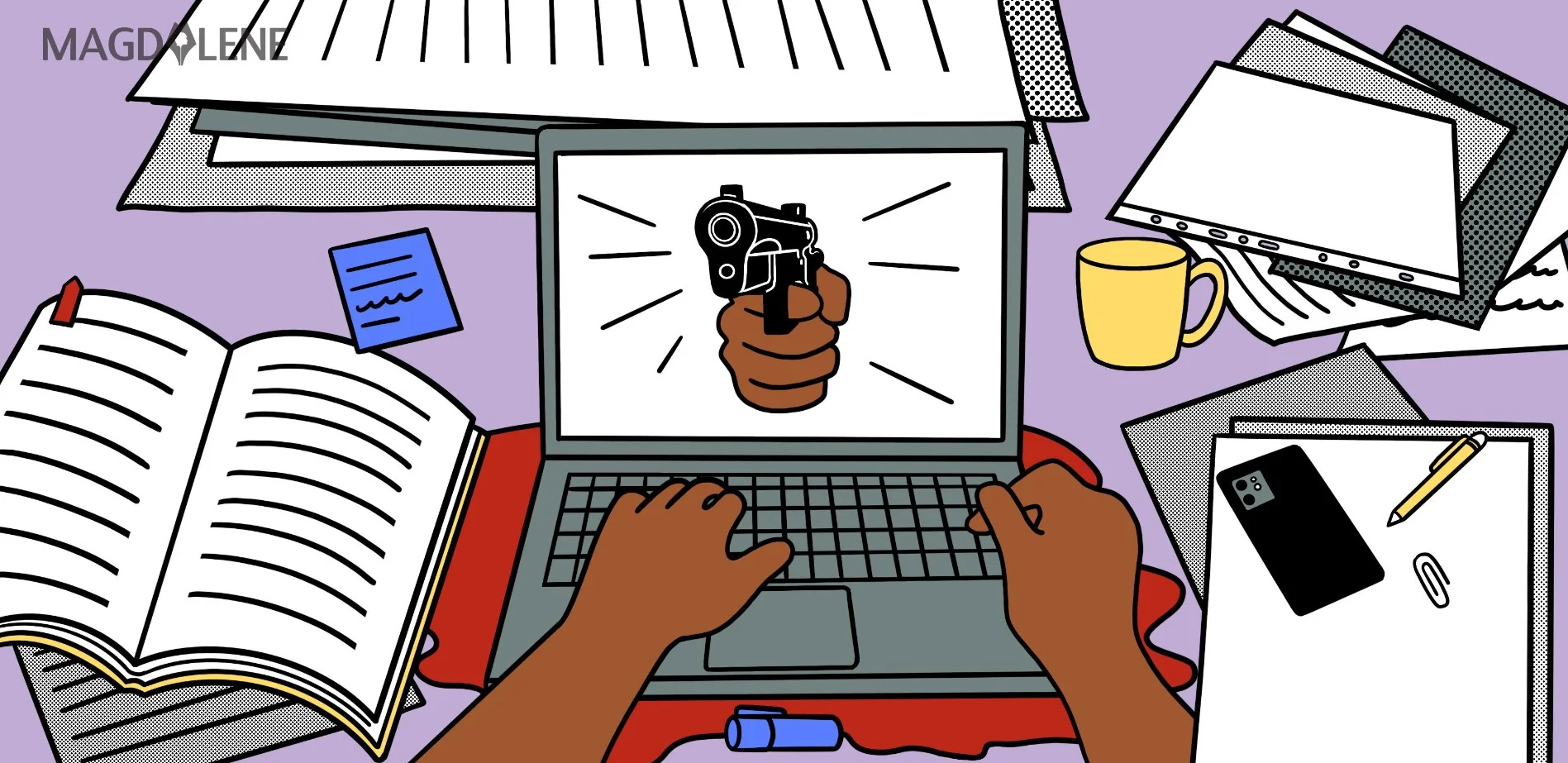Indonesian Media’s Coverage of Sexual Violence Unethical: Rights Body
A study conducted by Komnas Perempuan shows the unethical ways Indonesian media cover sexual violence cases.
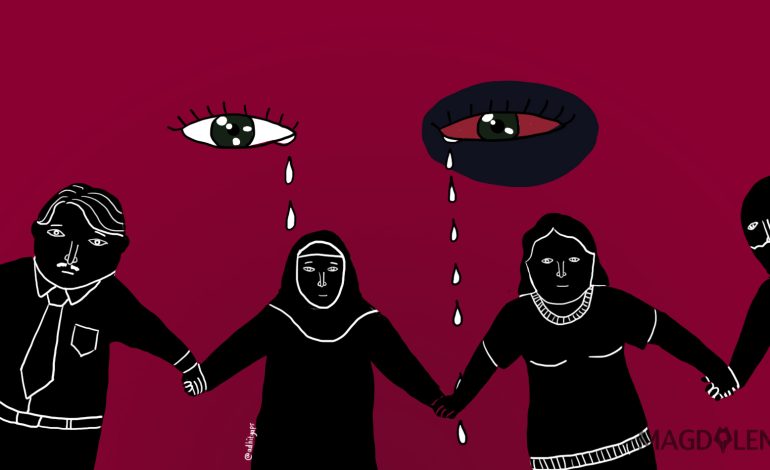
From biased diction, sensationalistic language to exposure of victim’s identity the Indonesian media are far from being ethical when it comes to covering sexual violence, a study has found.
The National Commission on Violence against Women (Komnas Perempuan) analyzed news coverage of nine Indonesian publications throughout 2015 and found that their reports rarely took side with the victims.
“In its work, Komnas Perempuan maintains relations with the media. However, the media coverage on cases of violence against women, especially sexual violence, tend not to side with the victims,” Komnas Perempuan said in a statement.
“The media coverage often exploits victims, reveals information about the victims, even chooses headlines that lead the public to make the assumption that the victims deserve their assaults,” it added.
The nine Indonesian media examined are: Indo Pos, Jakarta Post, Jakarta Globe, Kompas, Koran Harian Sindo, Pos Kota, Republika, Koran Tempo and Media Indonesia. Jakarta Post and Jakarta Globe are both English-language newspapers and the rest are in Indonesian.
The study was divided in two periods: the first semester covers January to June period, the second semester July to December period. They analyzed a total of 499 news clippings on sexual violence, including 225 reports in the first half of the year and 274 in the second half.
To establish a parameter the media are subjected to several questions, including what kind of sexual violence most reported by the media, if their reports adhere to the Journalism Code of Ethics, and whether they respect the victims’ rights.
Respecting the victims’ rights means that the media do not reveal the victims’ identity, stigmatize the victims with allusions that they have provoked the violence, stereotype victims, judge victims, use biased diction, quote biased sources (who are irrelevant to the case), and replicate violence.
Biased dictions are the use of words with unfair tendency. When covering news on sexual violence, biased diction could result in the normalization of violence or victim blaming.
Take this article on Harian Sindo (30/3/15), for example, whose first line was: “Seorang guru SD Negeri di Ponorogo, Jawa Timur, ditahan di sel tahanan polisi karena keisengannya” (a primary school teacher in Ponorogo, East Java, was arrested for his mischiefs). The word “iseng” (mischievious) significantly reduces the severity of his actions (molesting his students). Similarly, using the word “digagahi” (which is originated from the word gagah that means dashing, heroic or manly) to describe being raped also implies that raping is a manly act.
The study shows that Indonesian media often violate Journalistic Code of Ethics, which, among others, specifically stipulates the ban on releasing personal information of the victims. In the second half of 2015, there are 70 news items that reveal victims’ identities, including their full names and addresses, and even their photographs. The metro daily Pos Kota topped this list with 23 articles, followed by Kompas at 16 and Indo Pos at 12. Below are conclusions of the study in more details.
Semester I (January-June 2015):
- Types of sexual violence most covered by the media: rape (34 percent), sexual harassment (22 percent), women trafficking for sexual purpose (21 percent).
- Percentage of Journalistic Code of Ethics violations: mixing fact and opinion (40 percent), revealing victims’ identity (38 percent), depicting raunchy and sadistic details of the assaults (21 percent) and revealing child victims’ identity (1 percent).
- Violation of victims’ rights by the media: using biased diction (24,21 percent), revealing victims’ identity (23,15 percent), alluding to the victims as the cause of violence (15,89 percent), interviewing biased source (10,17 percent), stereotyping victims (10,17 percent), judging victims (8,40 percent), replicating violence (5,60%).
Semester II (July-December 2015):
- Types sexual violence most often covered by the media: rape (45 percent), sexual harassment (34 percent), women trafficking for sexual purpose (10 percent).
- Percentage of Journalistic Code of Ethics violations: mixing fact and opinion (38 percent), revealing victims’ identity (31 percent), revealing child victims’ identity (20 percent), depicting raunchy and sadistic details (11 percent).
- Violation of victims’ rights by the media: using biased diction (29 percent), revealing victims’ identity (19 percent), replicating violence (16 percent), interviewing biased source (12 percent), stigmatizing victims as the cause of violence (10 percent), judging victims (8 percent), stereotyping victims (6 percent).
For a complete report of “Analisis Media Komnas Perempuan: Sejauh Mana Media Telah Memiliki Perspektif Korban Kekerasan Seksual (Januari-Desember 2015)” click here.
Read Ayunda’s piece on cyberbullying.

